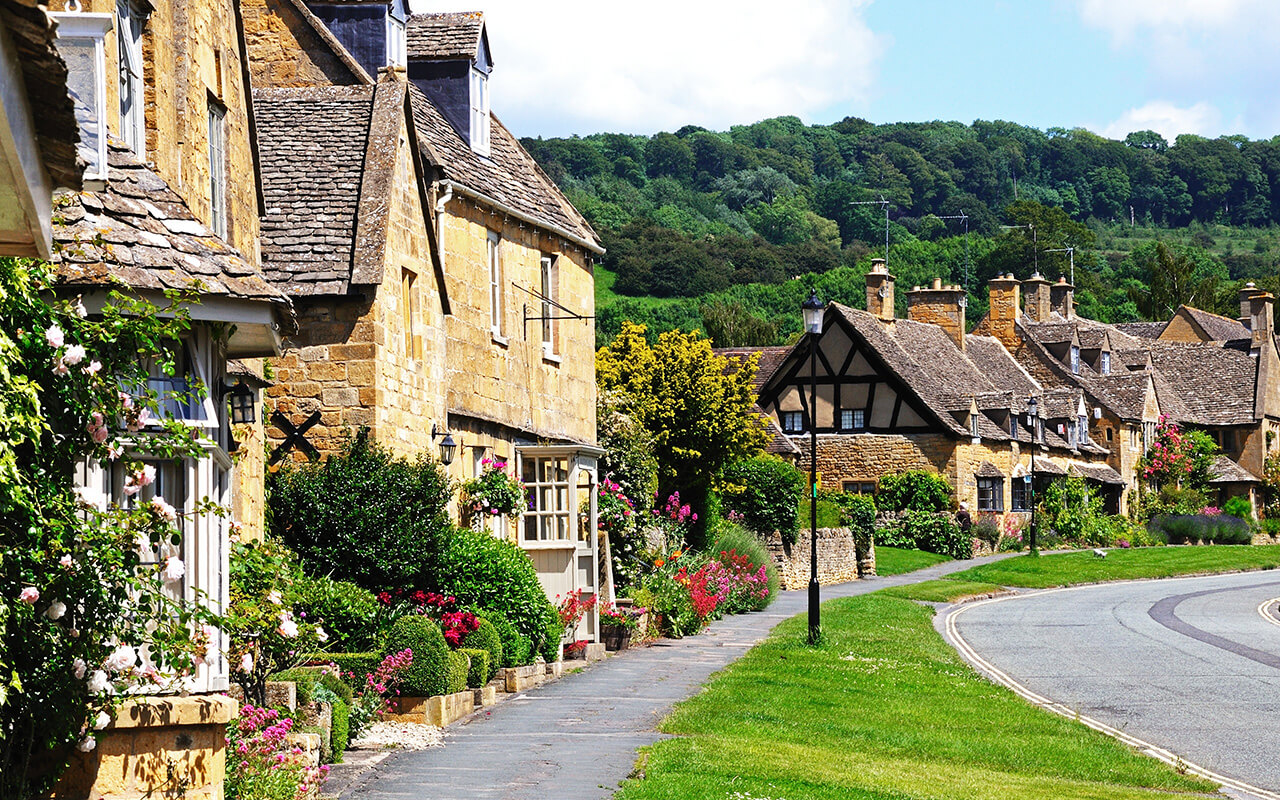
The Cotswolds is a rural area in south-central England known for its picturesque villages and rolling hills. Its well-preserved medieval architecture, quaint cottages built from honey-colored limestone, and traditional English countryside aesthetic make it feel like a place lost in time.
People visit the Cotswolds to experience a quintessential English countryside setting. The area offers scenic walks, charming market towns, and a slower pace of life. Visitors are drawn to its idyllic landscapes, thatched-roof houses, ancient churches, and traditional pubs. The Cotswold provides a glimpse into England’s pastoral past, allowing tourists to immerse themselves in a romanticized version of rural English life.
Minchinhampton
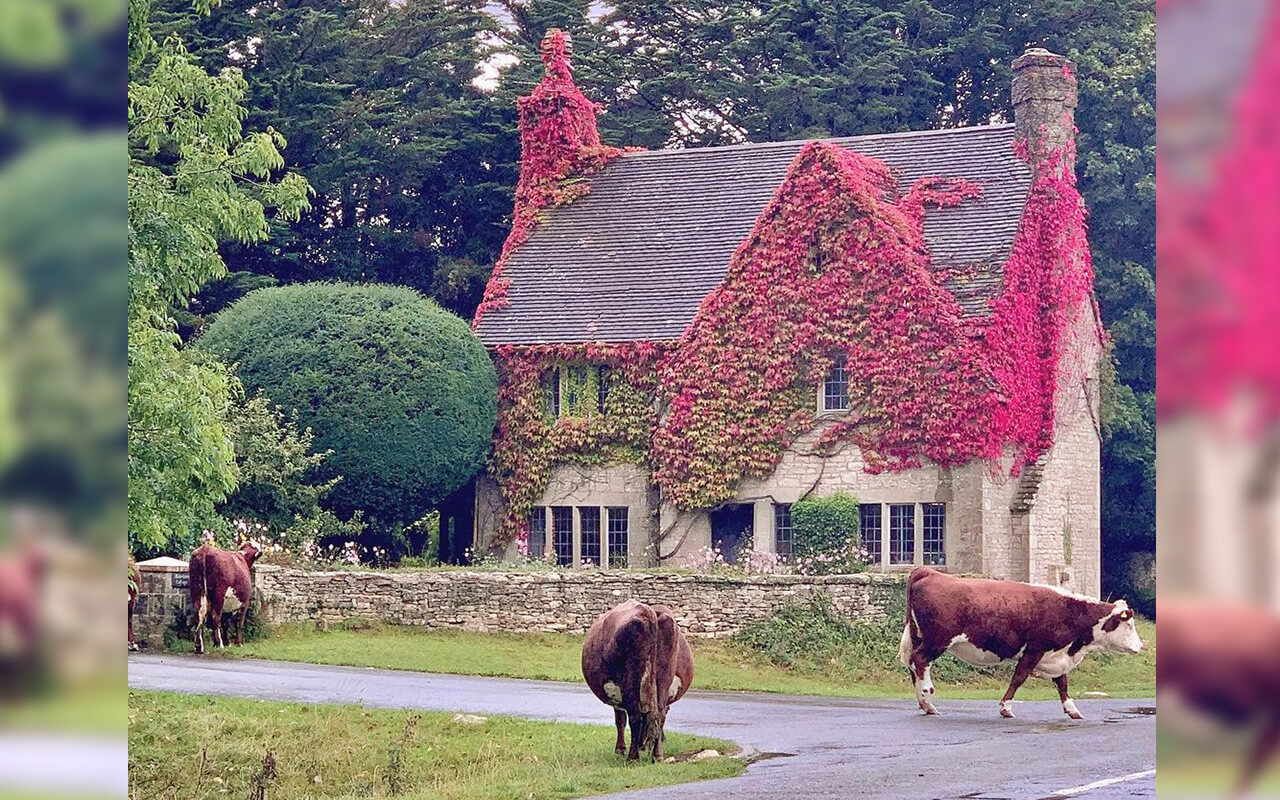
Minchinhampton is an ancient village perched atop a hill in Gloucestershire. Its common has scenic views over the mouth of the Severn River and the Cotswolds. The village is home to a 17th century Market House and a high street with a small pharmacy, dairy, corner shop, and coffee shop.
Avening

With a population of about 1,000 people, Avening is situated near Gatcombe Park, the home of Anne, the Princess Royal. Its history reaches back to at least 896. In Avening, you can visit the 11th-century Church of the Holy Cross or stroll along its unnamed river which flows into the River Frome.
Castle Combe
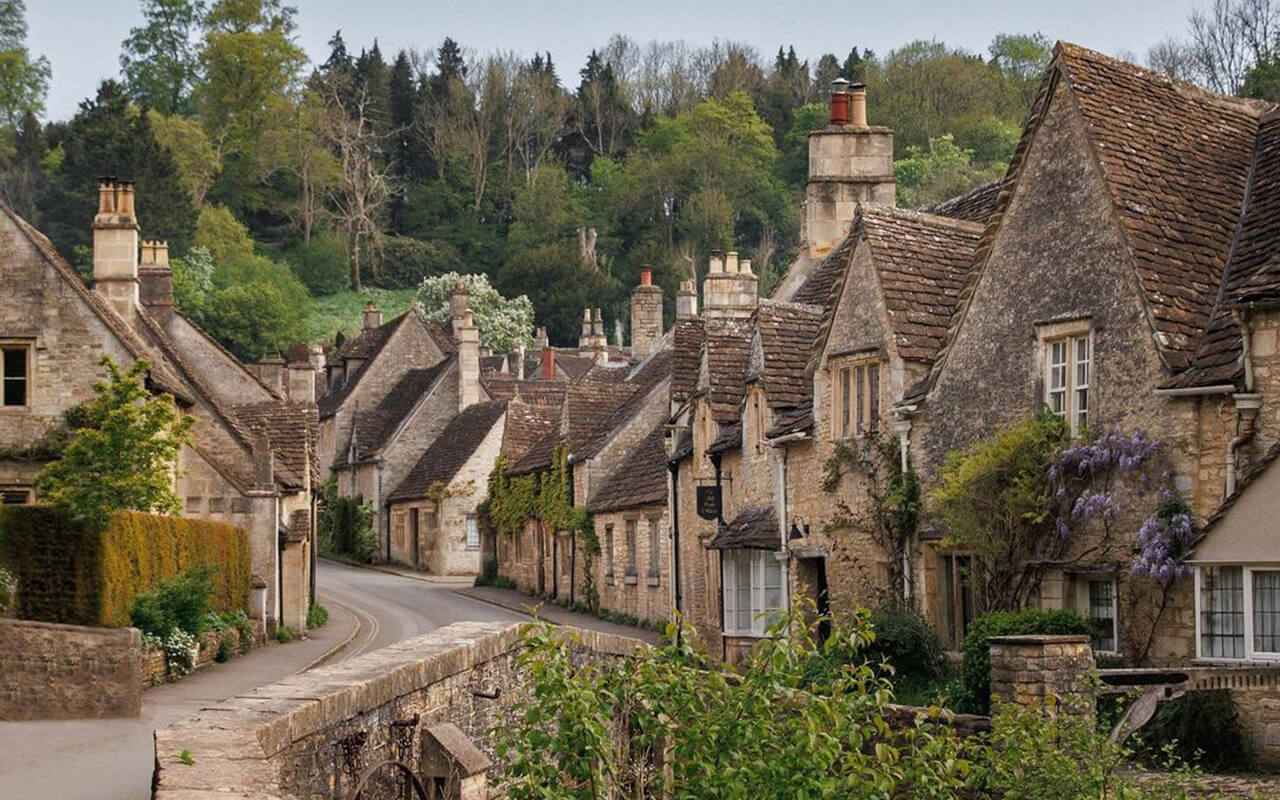
Castle Combe has often been called the prettiest village in England and is home to less than 400 people. It is made up of By Brock, which is a narrow valley, and Upper Castle Combe to the east. Its namesake castle is long gone but you can still visit the excavation site of a 16-room Roman villa from the 4th century, just outside the village.
Upper Slaughter
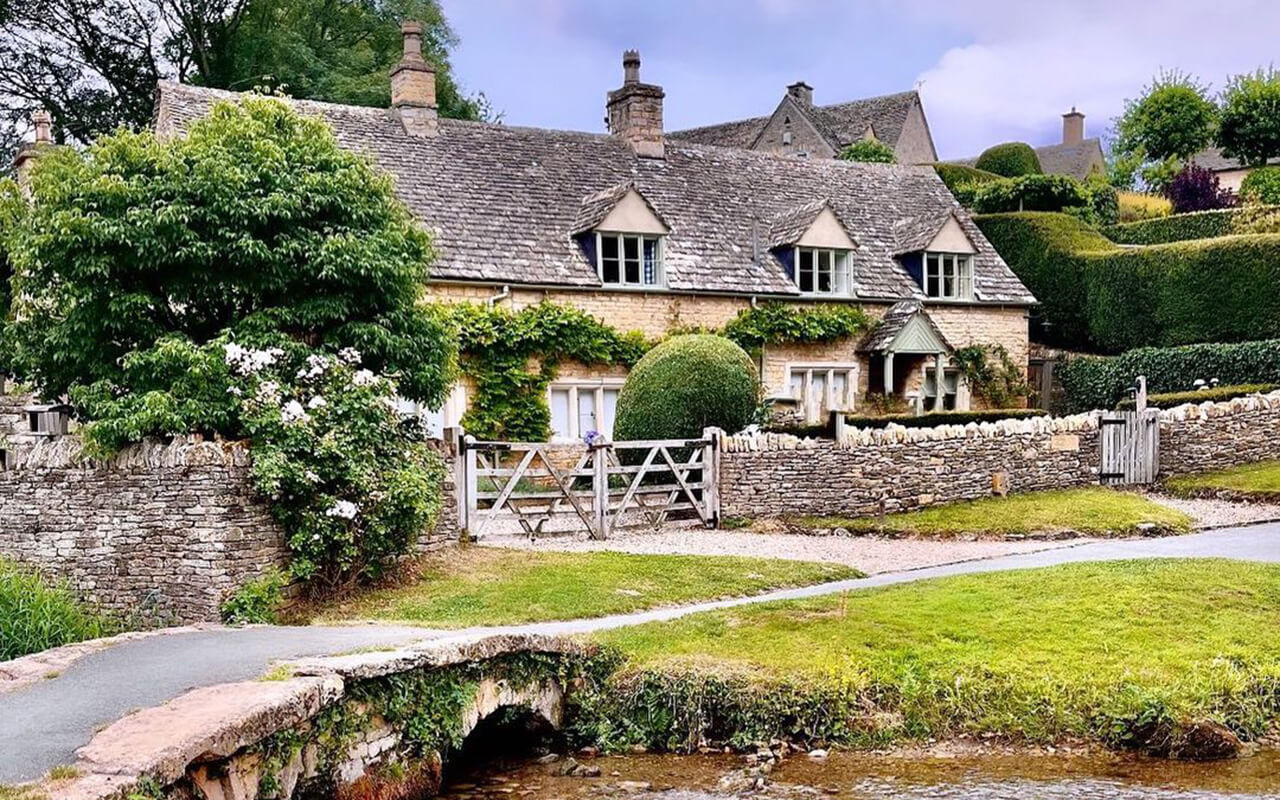
The River Eye runs through Upper Slaughter creating a gorgeous backdrop to the 2,000 year old village. Here you can visit the Upper Slaughter Manor which dates back to at least 1086 as well as Corpse Hill and its various Roman burial mounds. There is also an adulterine castle from The Anarchy of the 1100s.
Lower Slaughter
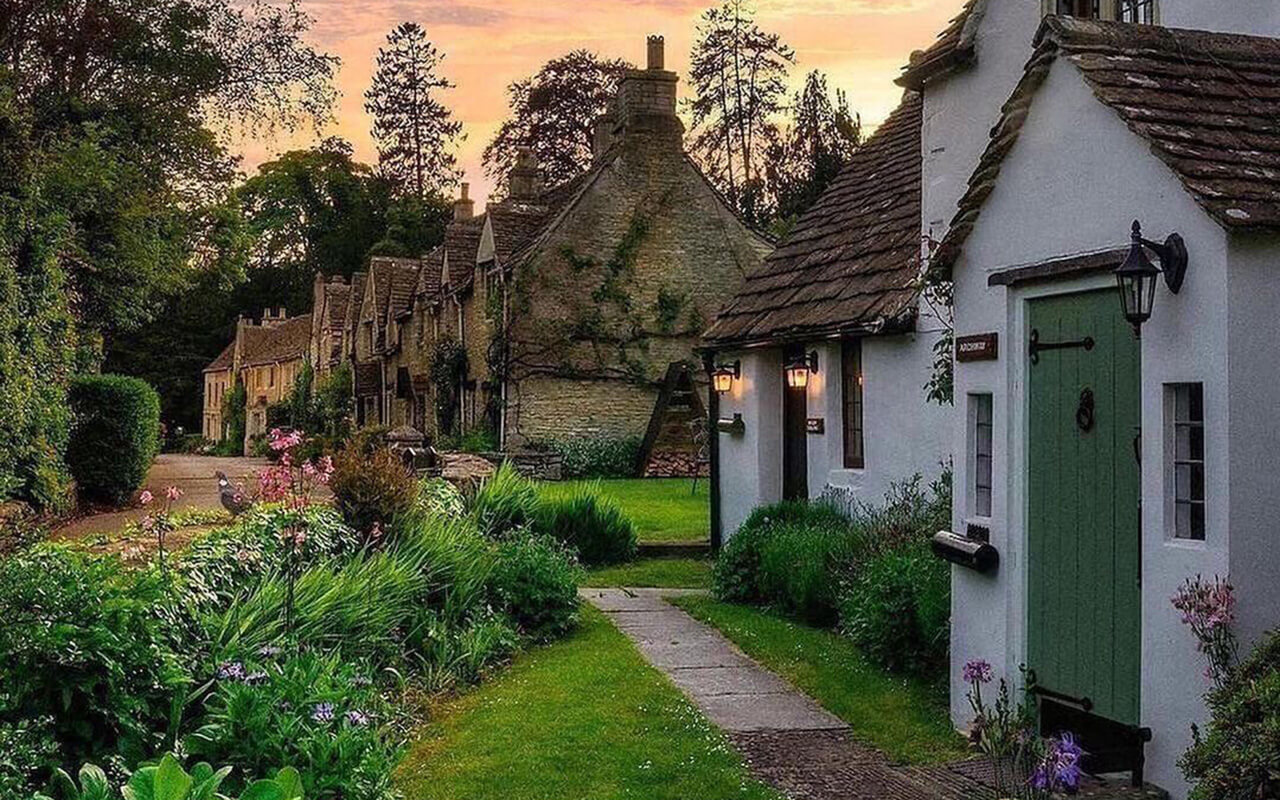
The twin village of Upper Slaughter, also along the banks of the River Eye is more than 1,000 years old. Most of the village’s homes were built in the 16th and 17th centuries and are made of signature Cotswold limestone with mullioned windows. There is also a lovely red brick water mill and waterwheel from the 1800s.
Bibury
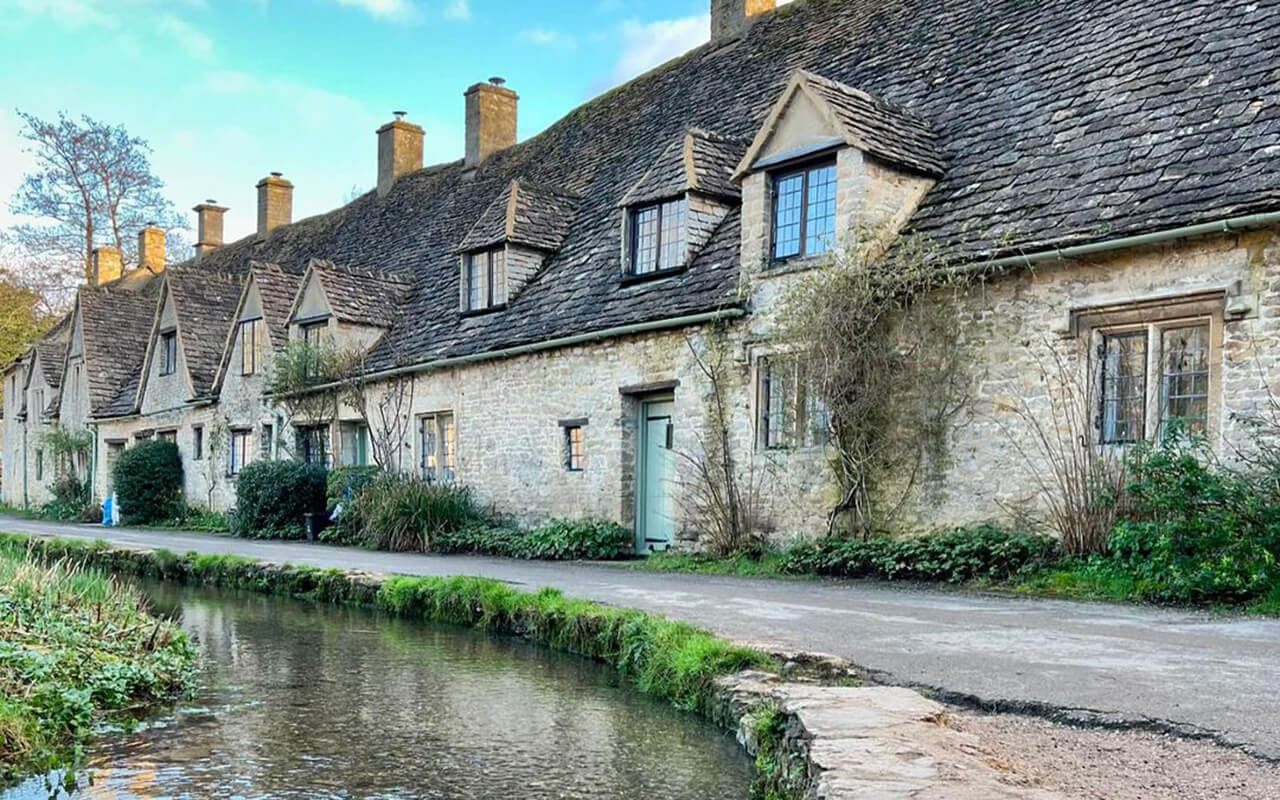
Nestled along the River Coln is Bibury. It’s Arlington Row is an architectural conservation area that is a major tourist destination. The slate-roofed, cobblestone Church of England Church of St Mary is an 11th century gem featuring a canonical sundial from 1130. As with many Cotswold villages, there are many Roman artifacts to see, too.
Burford
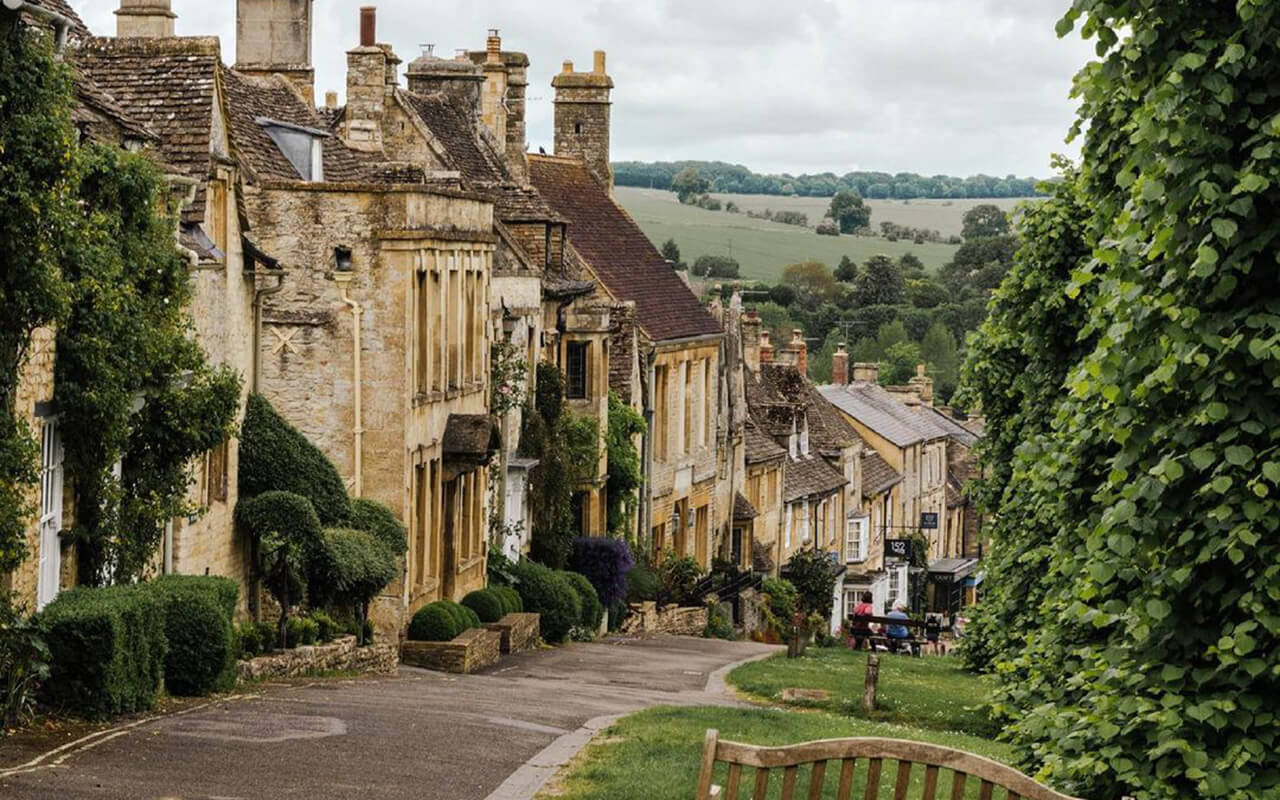
Along the River Windrush, in the Cotswold Hills, you will find the middle Saxon village of Burford. Considered the gateway to the Cotswolds, it is home to the Church of St John the Baptist which was started in the 12th century and took three hundred years to complete. Historically, Burford is known for its wool trade. You can find homes and buildings there that date back to the 15th century.
Painswick
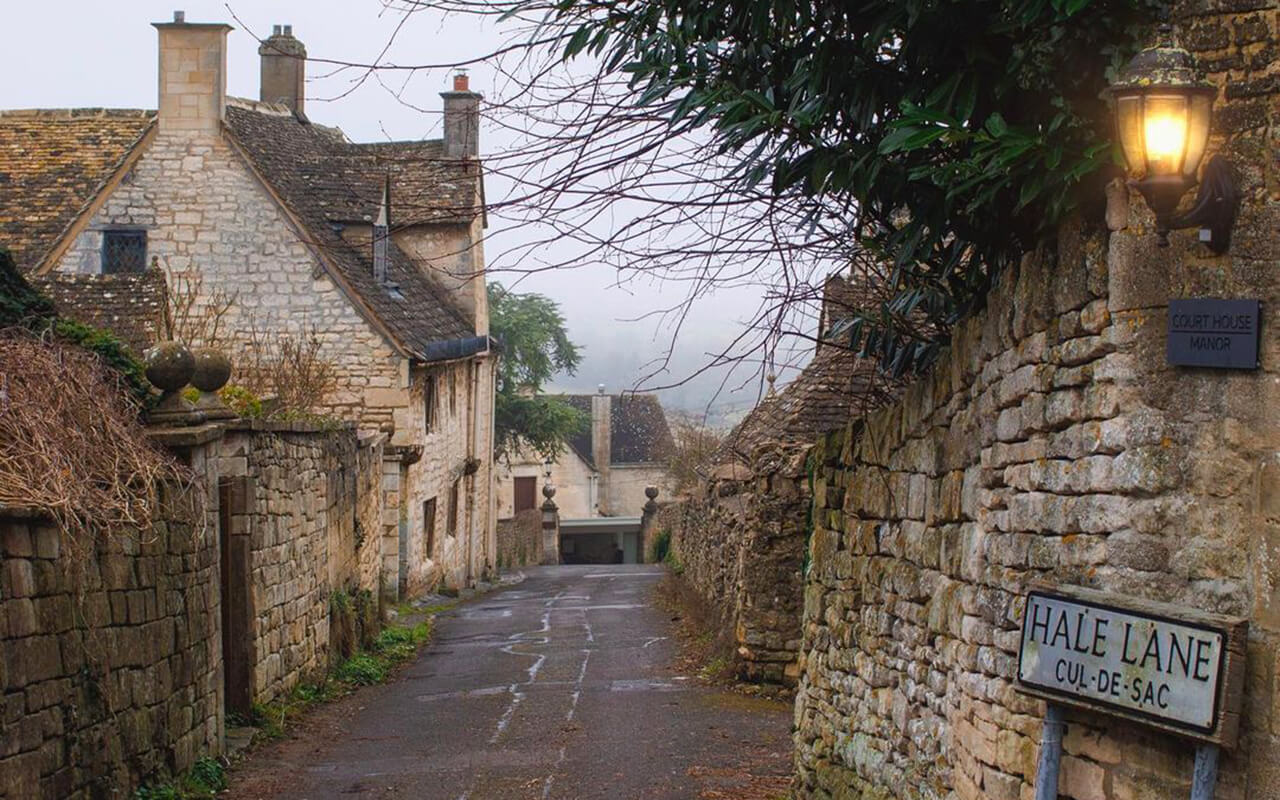
A village that also grew out of the wool trade, Painswick is now best known for its Rococo Garden and many yew trees. Founded in the Iron Age atop a hill overlooking the Cotswolds, it is constructed of Cotswold stone. It has an 11th century monastery, Kimsbury hill fort, and the Court House from the 16th century which is now a private home.
Lacock
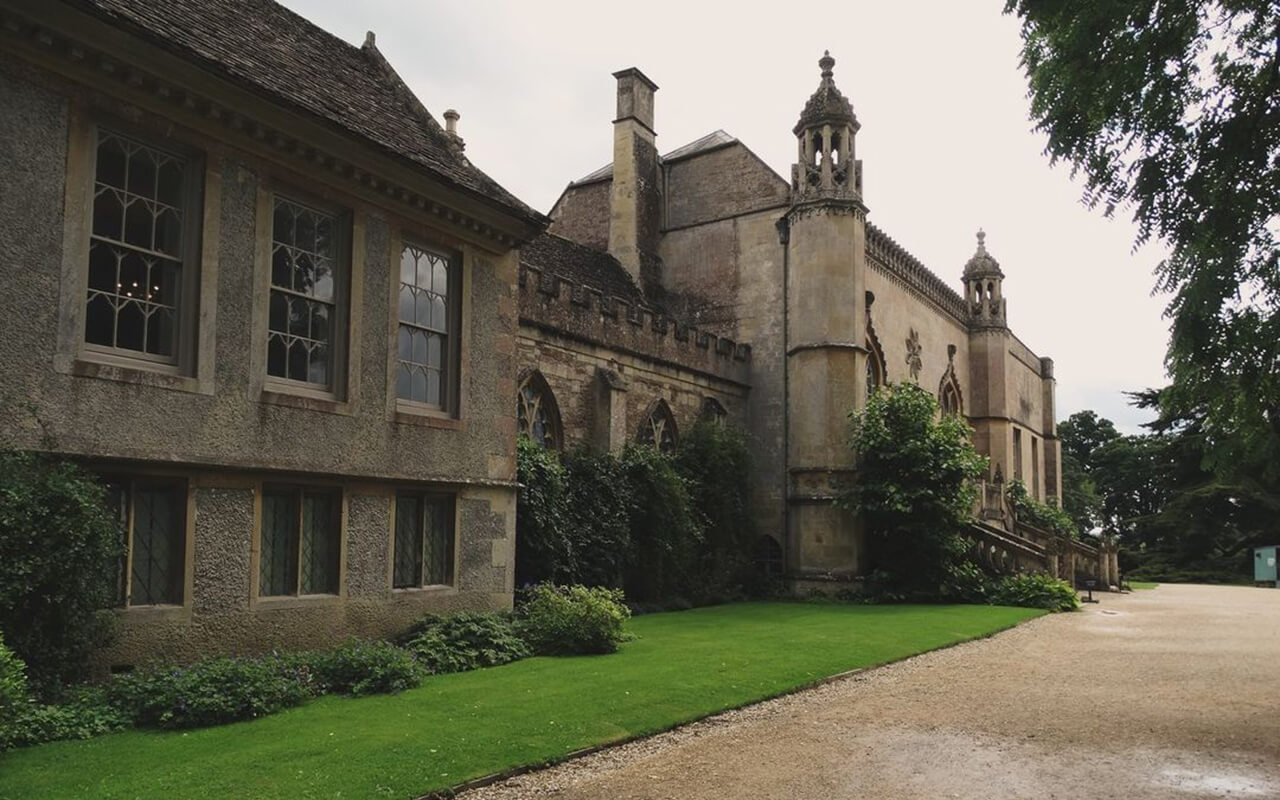
Lacock is just 4 miles outside the Cotswolds and is owned by the National Trust. It is recorded to have had two mills, a vineyard, and less than 200 people in 1086. Its Lacock Abbey was founded in 1232 and can still be visited today. The idyllic High Street and country houses at Bewley Court and Bowden Park attract many visitors to the village.
Bradford-on-Avon
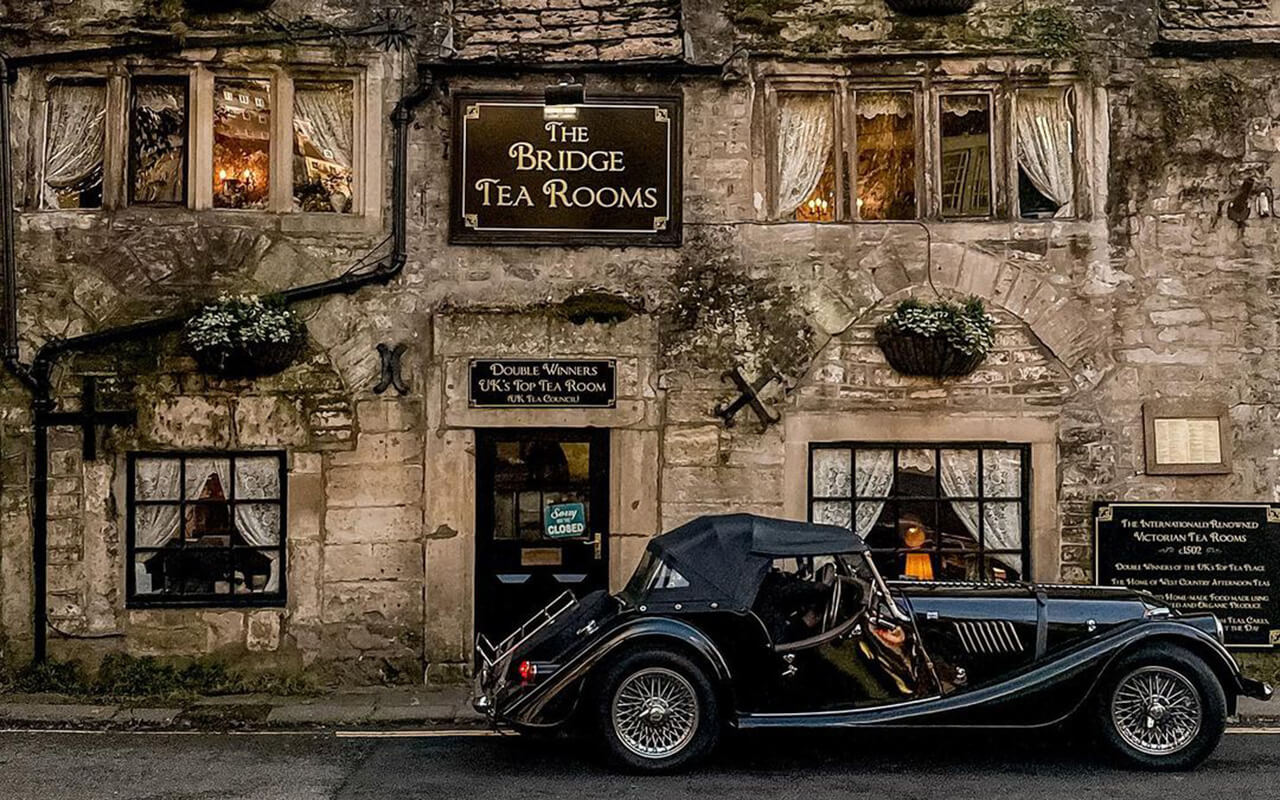
Part of the textile boom in the 17th century, Bradford-on-Avon was likely founded during the Roman rule of Britain. It is home to several religious sites and has been used in the making of several films including Wolf Hall (2015), Creation (2009), and Robin of Sherwood (1986). Visitors enjoy the village’s pubs, shops, historic buildings, and the Town Bridge over the river Avon.
Blockley
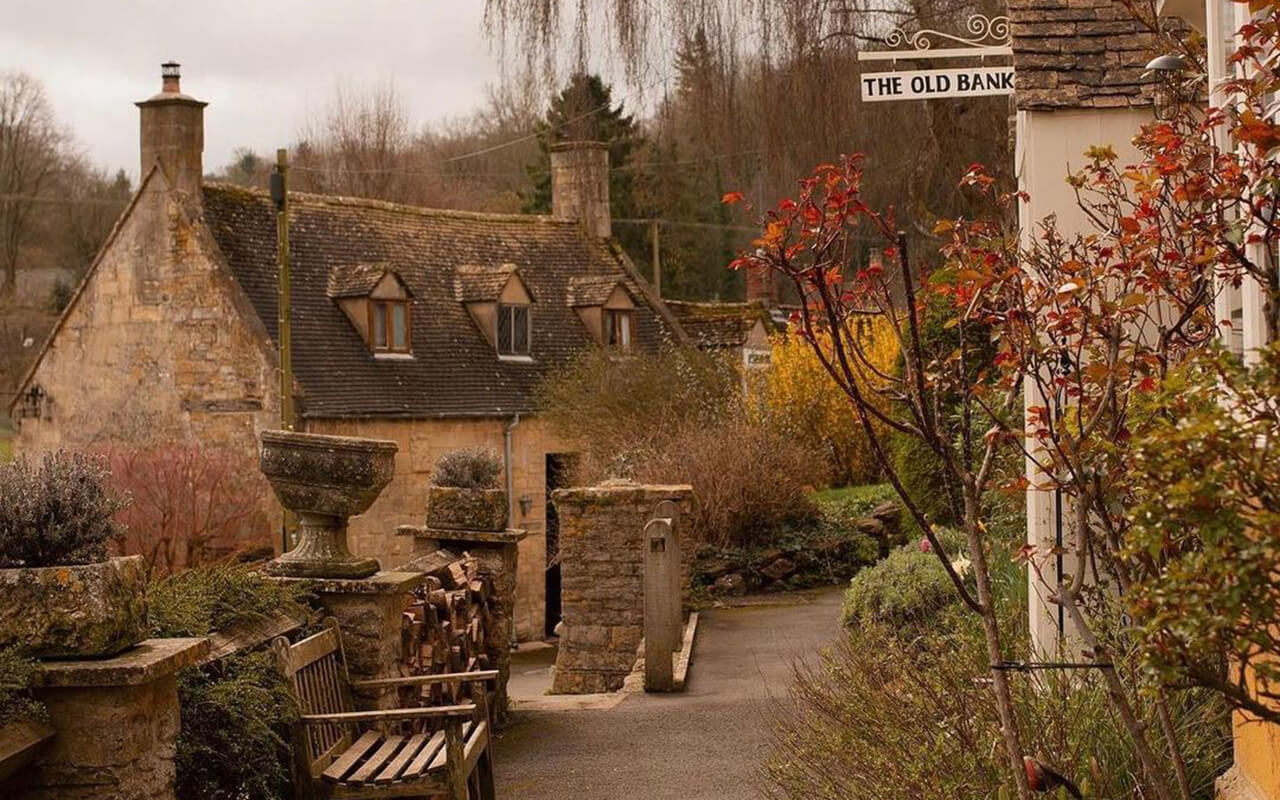
Blockley’s late Norman period Church of St Peter and St Paul was built in 1180 and has been famous for being used as St Mary’s Church in the Father Brown television show. The Crown Inn and Hotel I was built in the 16th century and began as a coaching inn. The village is a classic example of the Cotswold region and is one of England’s most lovely villages to visit.
Bourton-on-the-Water
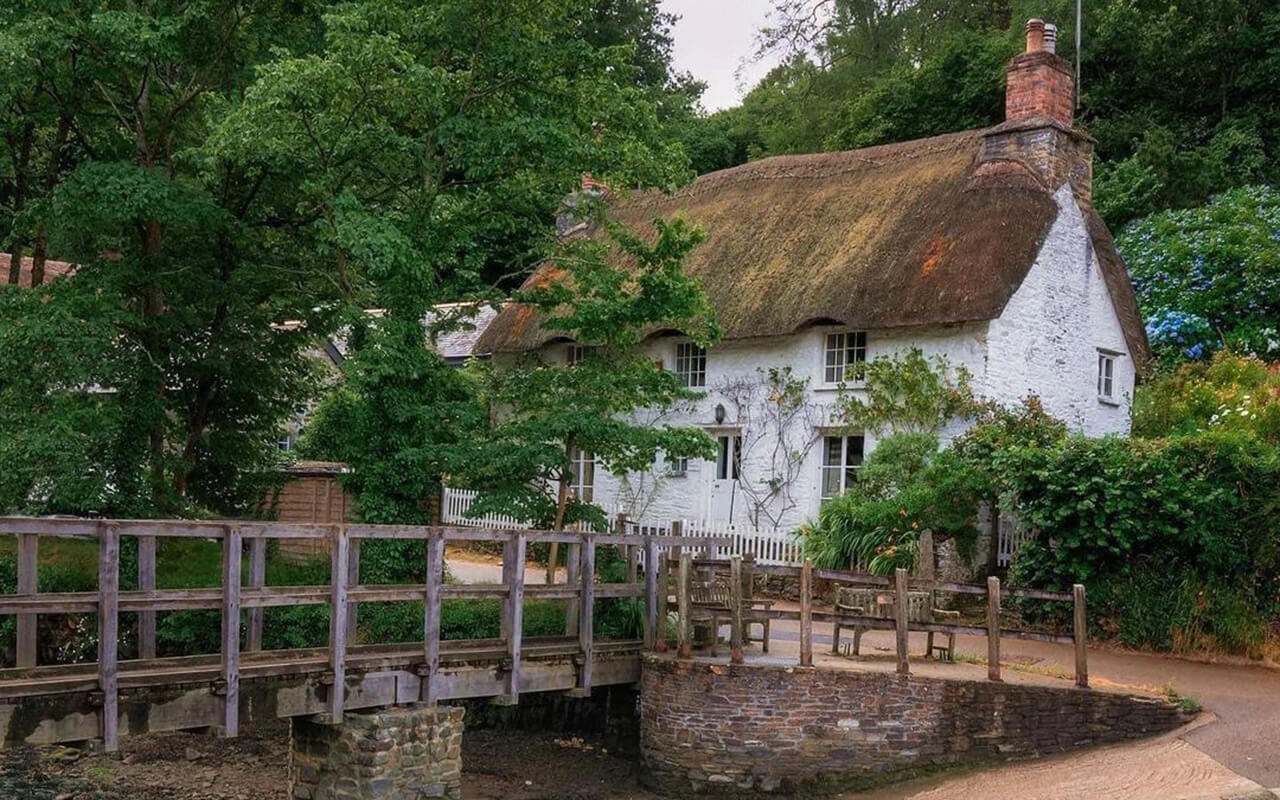
Bourton-on-the-Water is the Venice of the Cotswolds. It is on the River Windrush and is known for its beautiful low arched bridges. The River Windrush actually runs through the village’s High Street. Visitors often outnumber the town’s population of about 3,000 people. In Bourton-on-the-Water, you can visit St Lawrence Church built in the 1300s, the Model Village (a scale replica of the town), and Salmonsbury Camp an Iron Age archeological site.
Cirencester
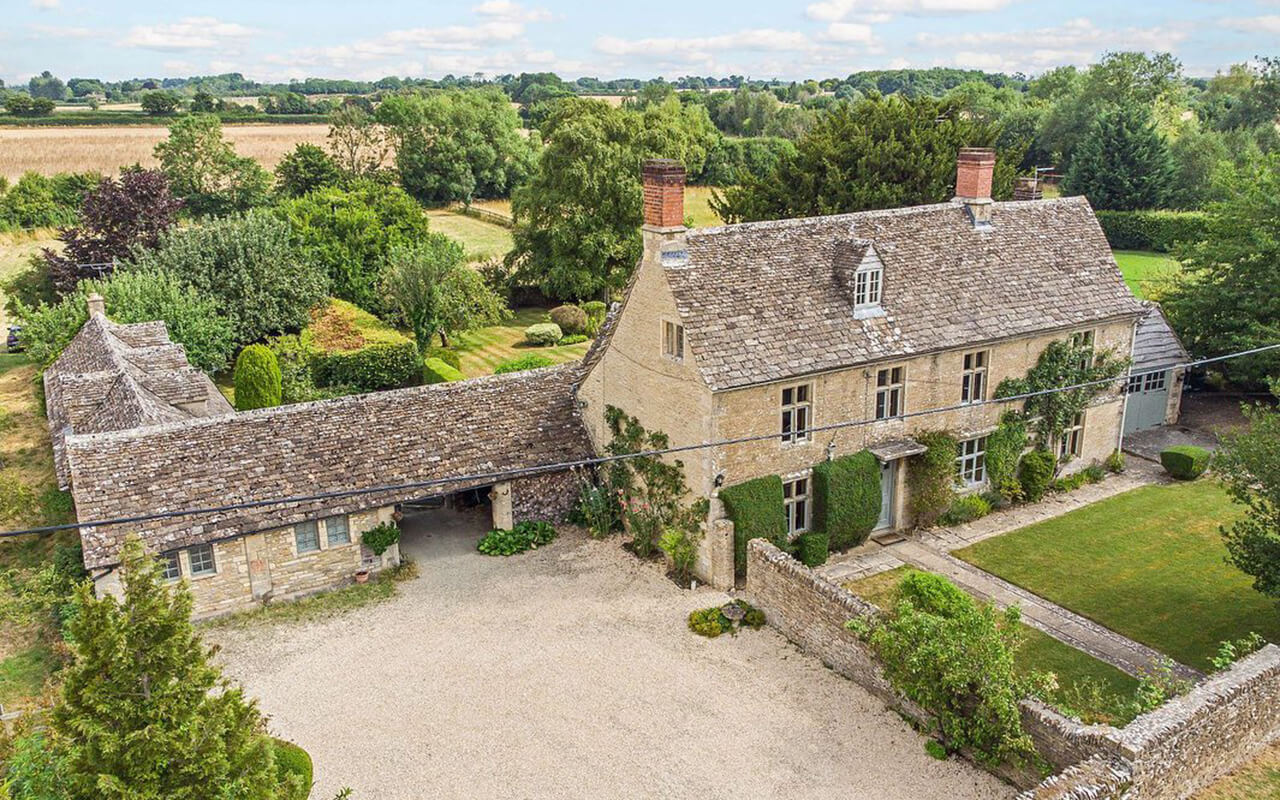
Cirencester is a market town on the River Churn that is at least 1,000 years old. It predates the Roman rule in Britain and has an extensive collection of Roman artifacts in its local museum. Cirencester is also home to the first agricultural college in the English-speaking world, Royal Agricultural University. While in Cirencester you can see the remains of the Abbey which include the precinct wall and a Norman arch.
Stow-on-the-Wold
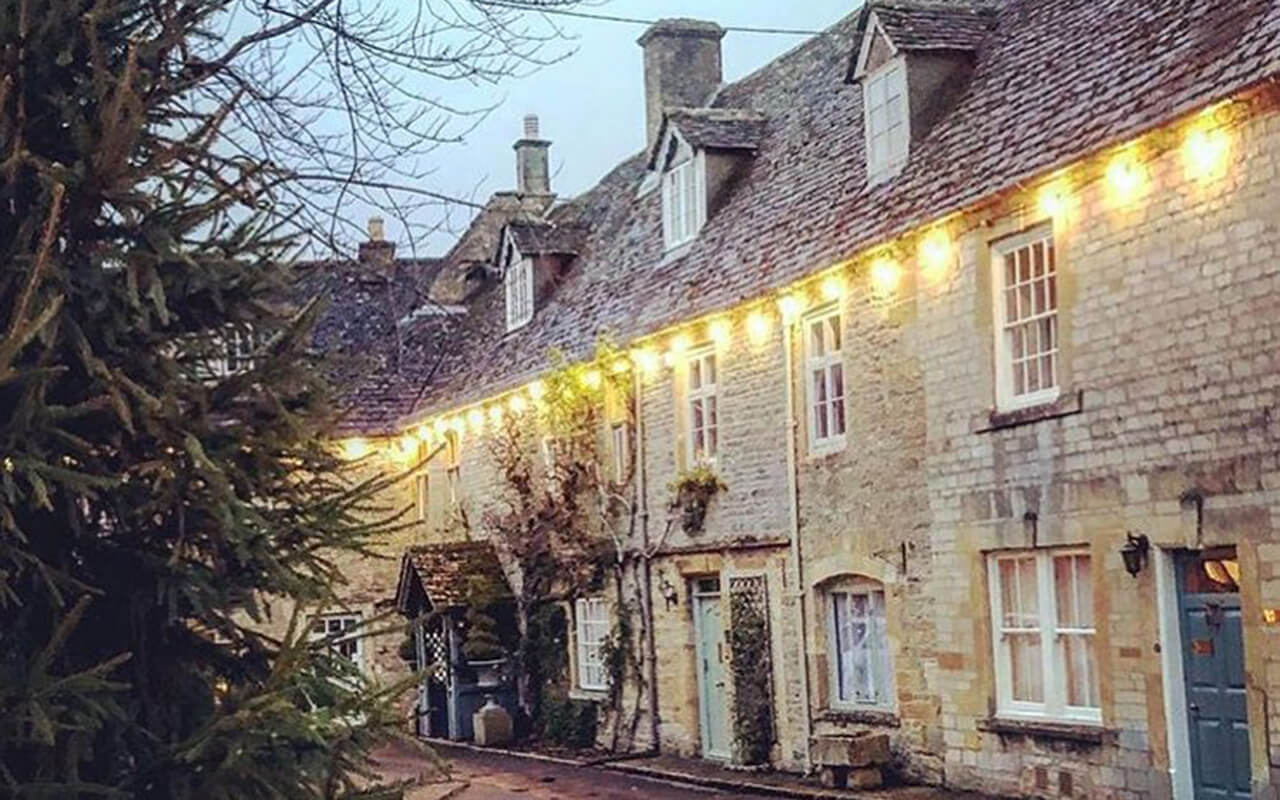
Stow-on-the-Wold was founded as an Iron Age fort on a hill above the main crossroads of the Cotswolds. It plays host to a biannual horse fair that dates back to at least 1330. The buildings in the village’s main square date back to the 18th and 19 century. It is also home to St Edward’s Church which is more than 1,000 years old and features a four-stage tower from the 15th century.
Tetbury
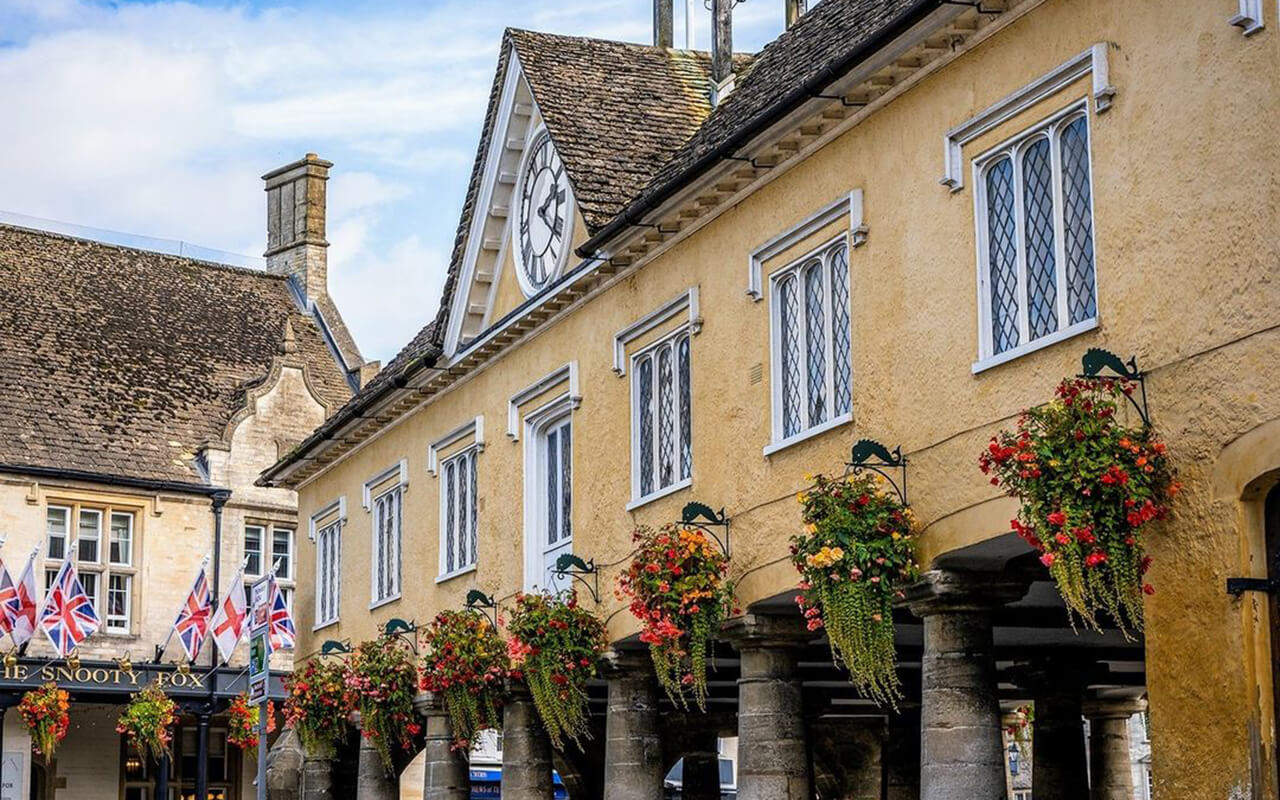
Once an important marketplace in the Middle Ages, Tetbury was built on the site of an Anglo-Saxon monastery. Its Market House was built in 1655 and is still in use today. Visitors to the village also enjoy the once home of King Charles III and Queen Camilla called the Highgrove House, the Chavenage House which is a country house built in the 1500s, and the Westonbirt Arboretum just outside of town.
For more travel tips and hacks, visit our website and explore our resources to enhance your next adventure.
